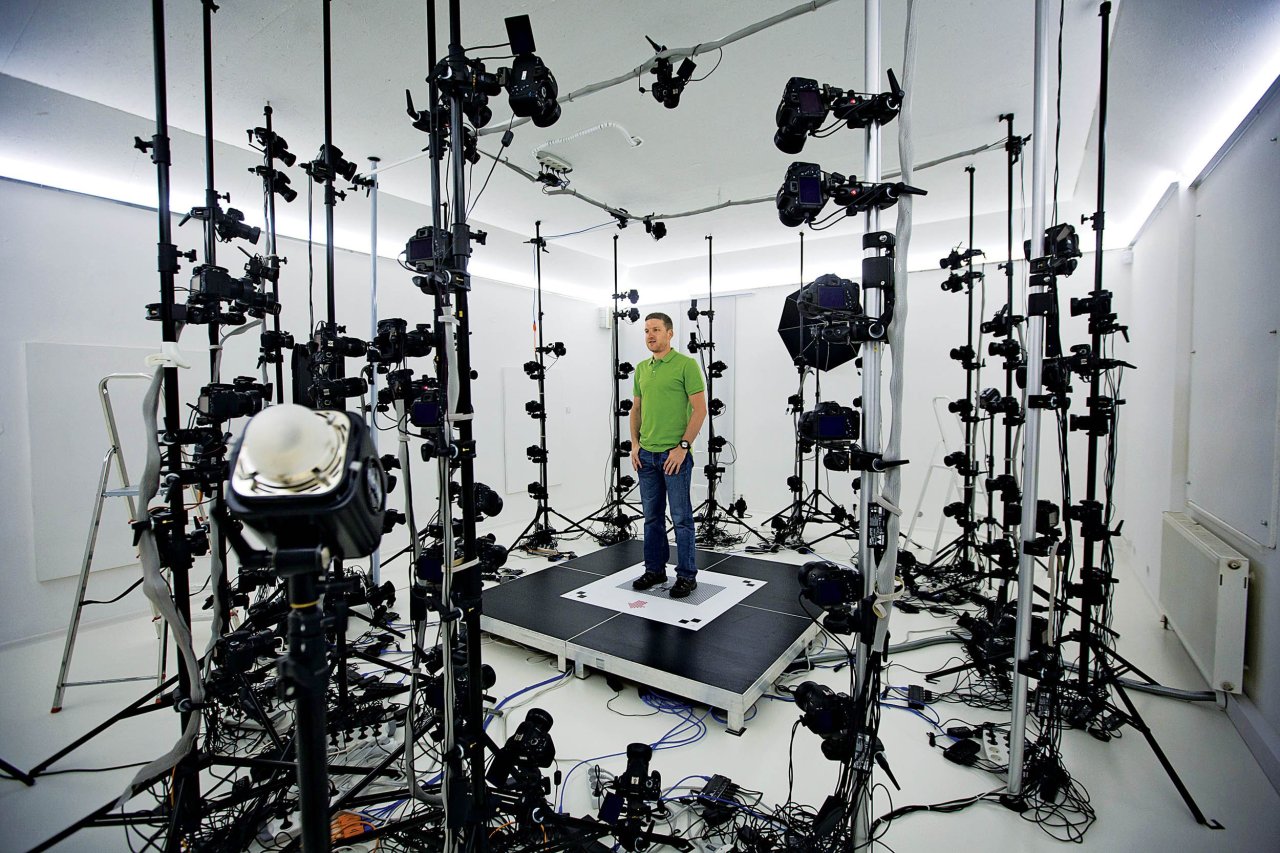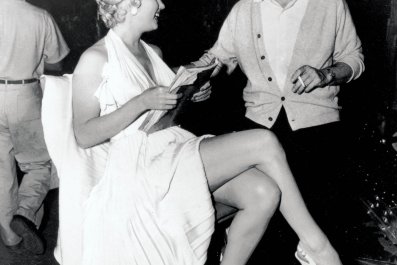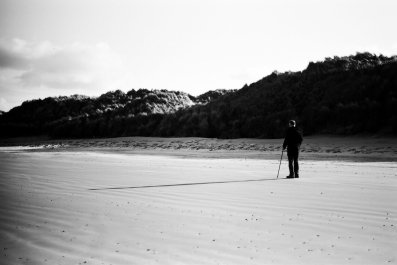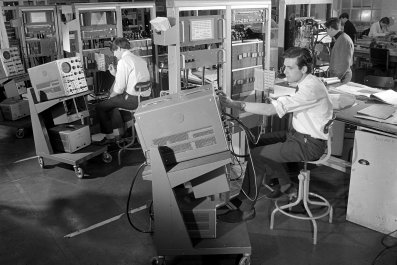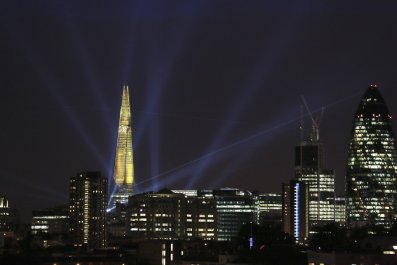At the 2015 Consumer Electronics Show held in early January in Las Vegas, I stood in the center of an array of circling cameras, remaining completely still for 12 seconds. Minutes later, a computer connected to the booth produced a near-perfect 3-D representation of myself—almost too realistic. My posture, I saw, reflected the self-consciousness I felt about being made into a statue. In short time, the company behind this contraption, Artec Group's Shapify, forged this image into a miniature sculpture of my likeness, and I got my very own "Shapie."
The idea of being sculpturized seemed a little silly at first. But the eagerness of visitors to the Artec booth and the rapid growth of the company—which now has scanning locations in 25 countries—reveal a real desire for the service. Even President Barack Obama had a bust of himself made in December.
From medicine to fashion, 3-D scanning is also taking off in a variety of other fields. A growing number of plastic surgeons and other doctors use scanners for planning procedures and surgery. And a firm called Stratasys uses scanners (and 3-D printers) to create orthodontic devices like retainers. In many major cities, you can also find companies that employ these tools to make customized clothing—no tailor necessary.
Science is also finding novel uses for the technology. For example, paleontologist Louise Leakey and colleagues recently used a handheld scanner to create 3-D images of several fossils in Kenya, in order to create a permanent record for researchers to study—the scans will survive even if the fossils themselves are later destroyed or looted.
While 3-D scanners aren't new, until recently they've been expensive, large and immobile. Several companies, Artec among them, have figured out how to miniaturize the technology, and some devices are within the reach of general consumers. One of Artec's professional-grade scanners can be had for around $20,000, though other companies make cheaper versions that are basically modified webcams, for as little as $100.
Many of the more affordable devices, including Artec's, are "structured light scanners," emitting multiple parallel beams, which are spaced at an exact distance apart. The computer knows the precise dimensions of these light patterns and examines how these appear on the object, using that information to measure and reconstruct the object's features in precise detail. So if your likeness is about to be captured for posterity, make sure your pants aren't wrinkled. I learned that one the hard way.



